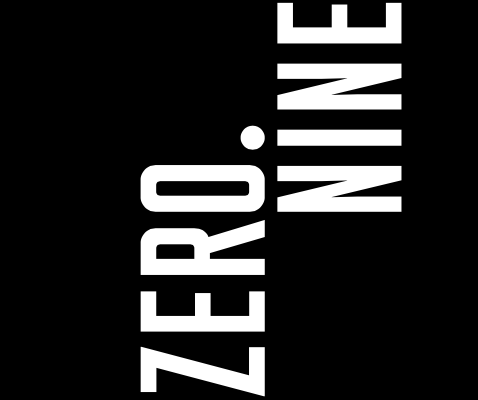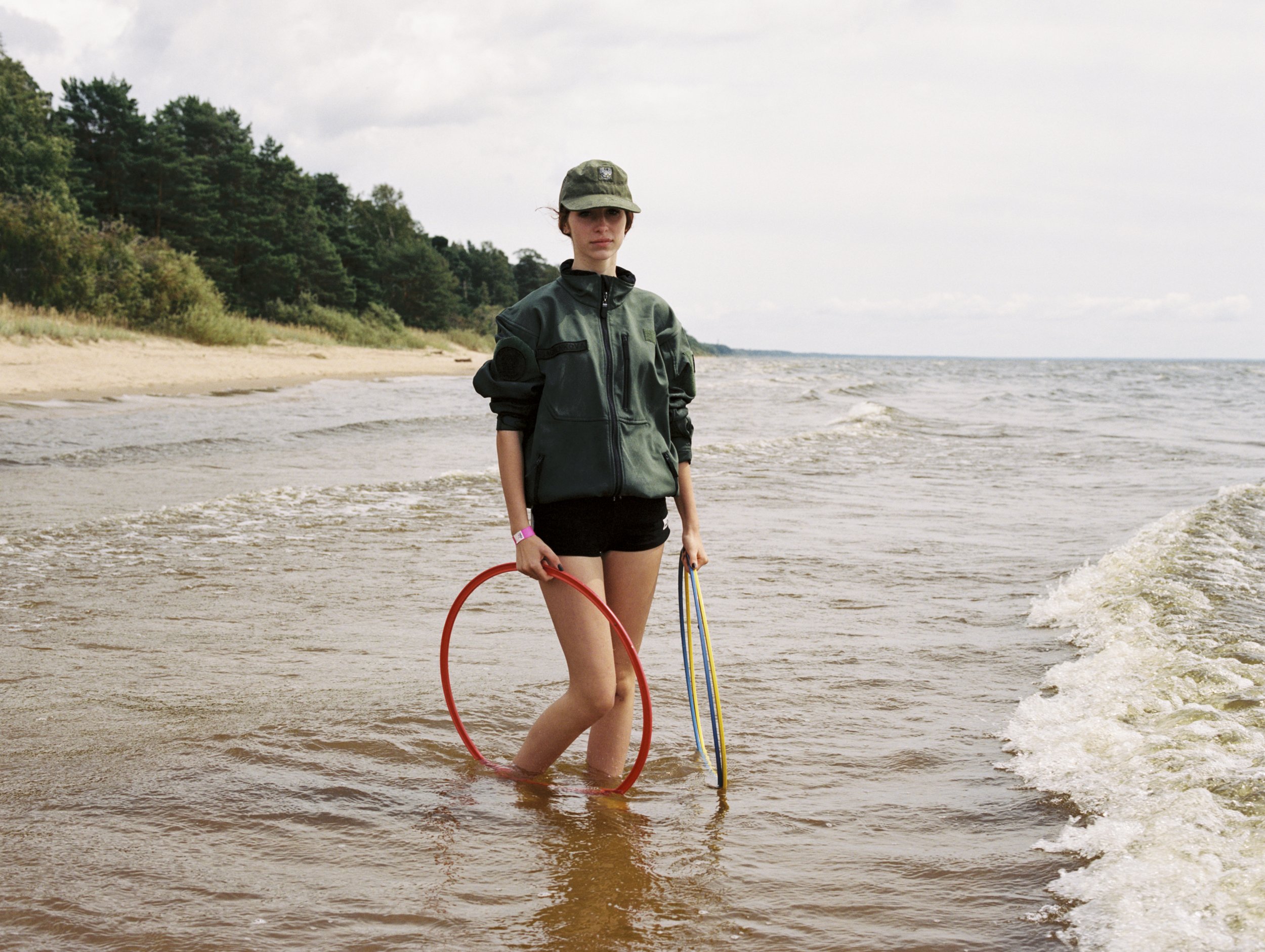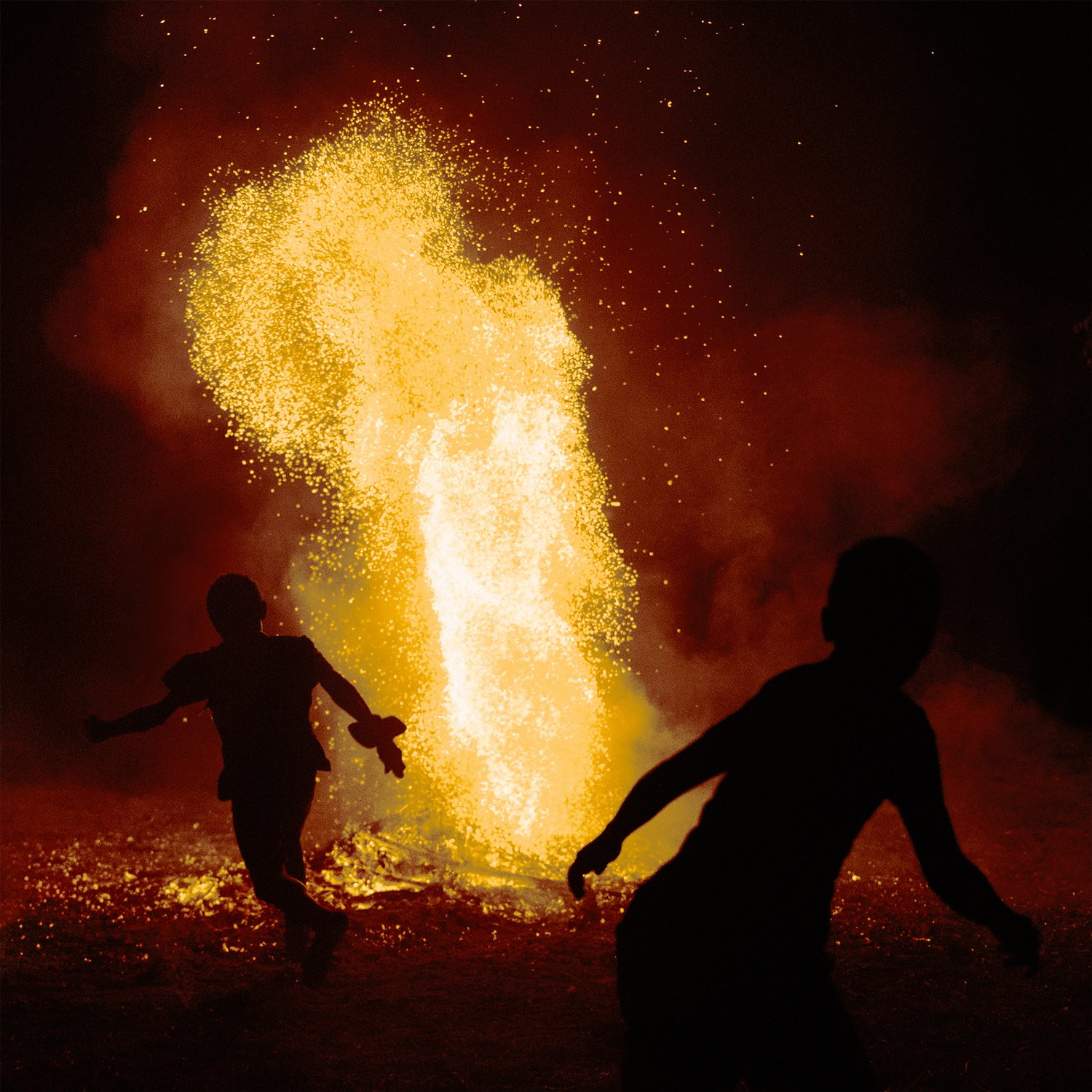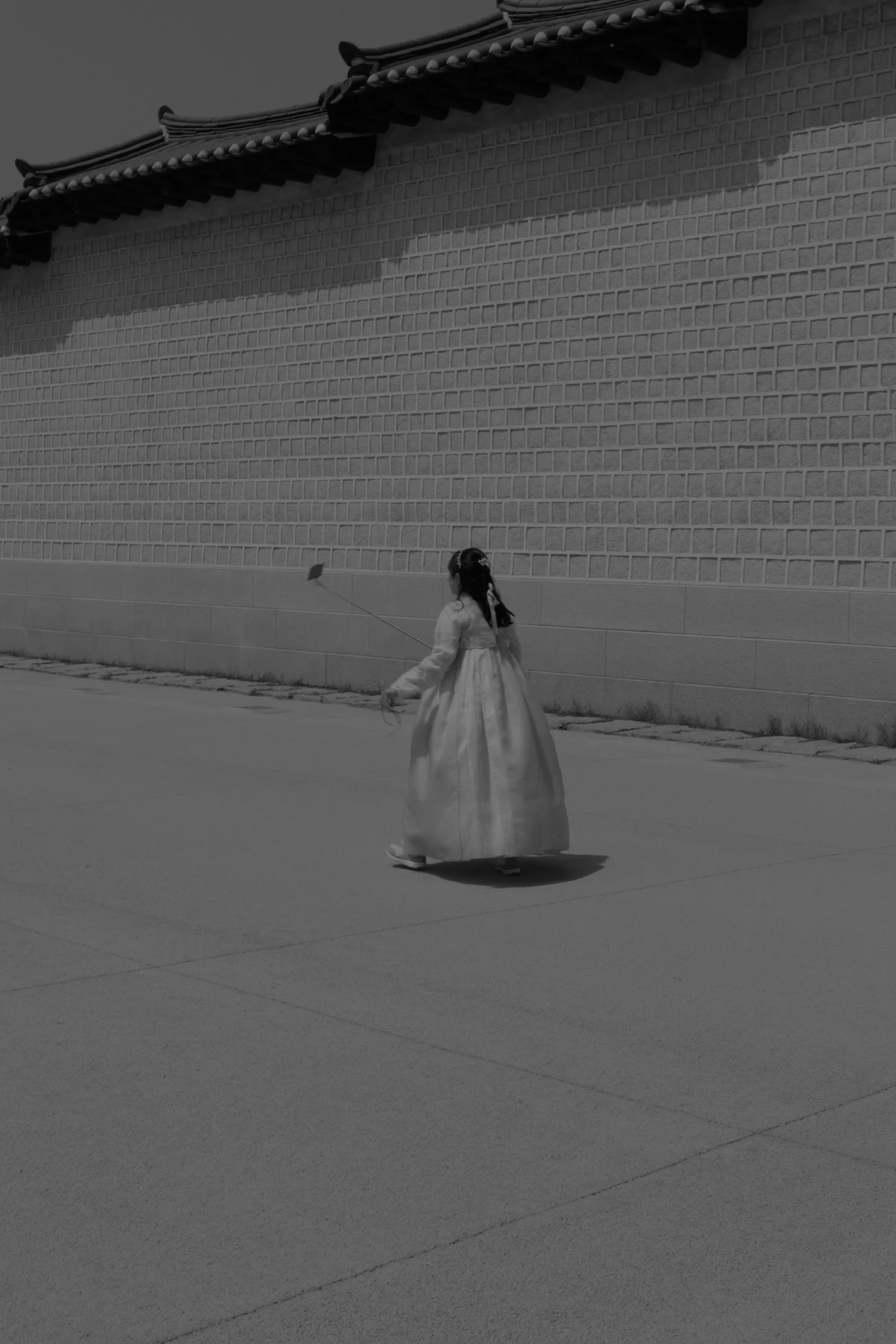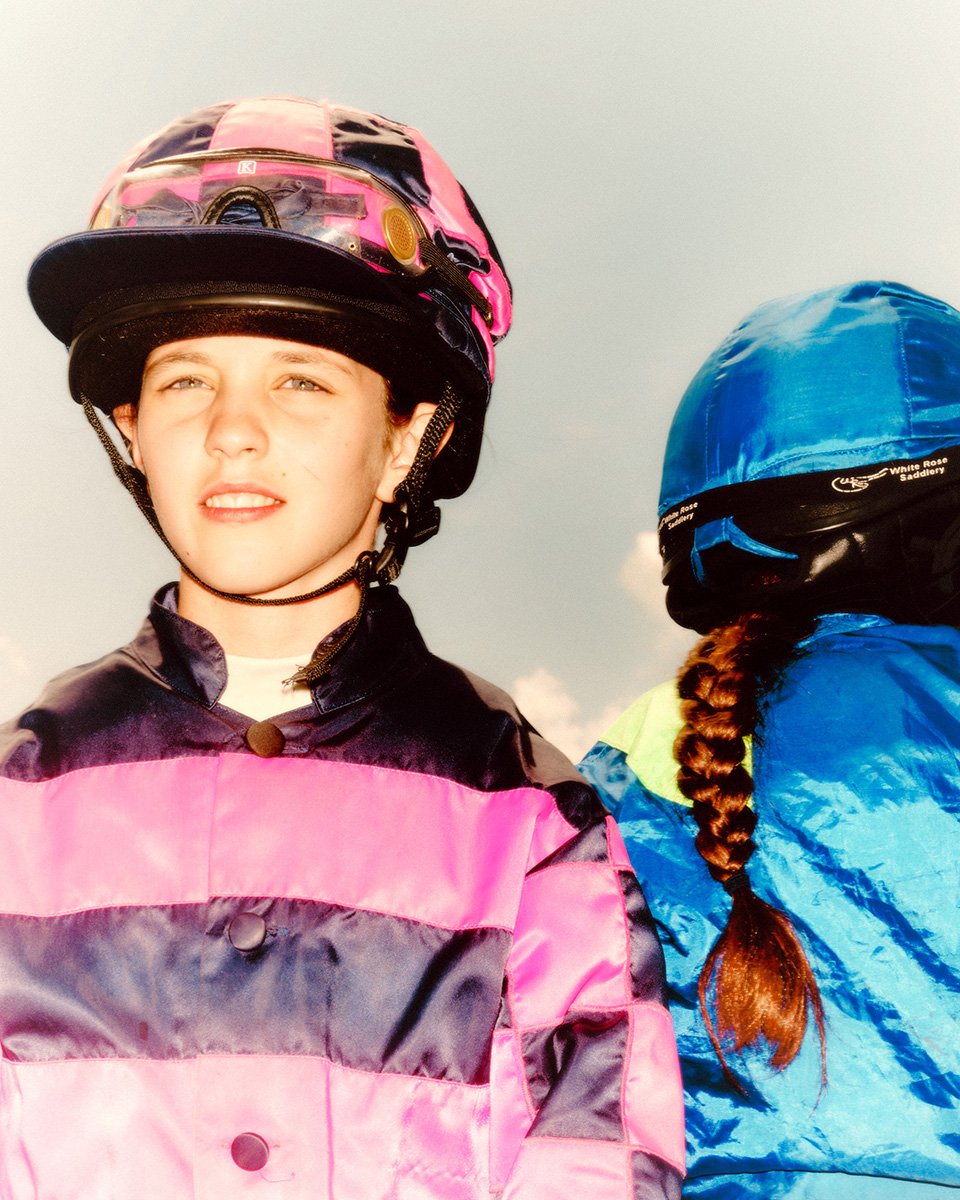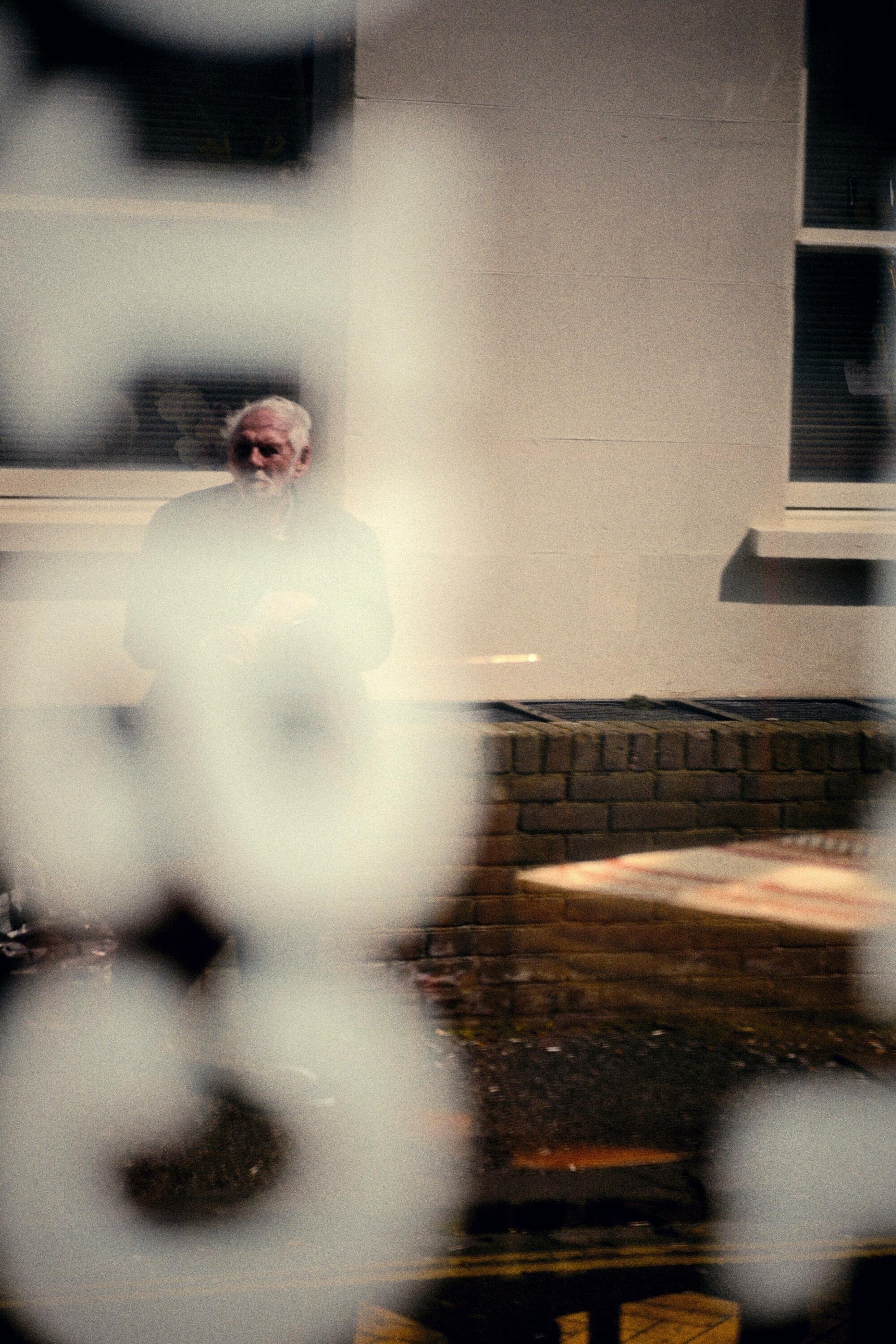ICONS: Peter Lindbergh
Peter Lindbergh’s fundamentally subversive shooting style, capturing untouchable celebrities at their most vulnerable, changed the course of fashion photography. He created a space in which women were able to genuinely be themselves, even when this felt fundamentally dangerous. After his passing this ethos is beginning to be monetised against the stars it helped free. How did this happen?
By Holly Wyche"[A Lindbergh shoot] is almost like an interview, but with a camera. People might have an idea about you. They want you different or something more sexy or more interesting than you are. But with Peter there is no preconception. He has a tremendous respect for everyone around him and that really creates the atmosphere." – Uma Thurman
Peter Lindbergh’s work has completely recontextualised the practice of celebrity photography, pushing the stars he worked with to have vulnerable, unedited photos taken of themselves in a way that at the time was genuinely “dangerous” to them. As a result he became the artist to shoot famous women for the past 30 years. He would have lengthy conversations with his subjects prior to shooting, to understand them on a personal level as much as he could before capturing them plain faced, in the plainest clothing possible.
Estelle Léfebure, Karen Alexander, Rachel Williams, Linda Evangelista, Tatjana Patitz & Christy Turlington, Malibu, 1988.
This style was so genuinely out of character for the fashion and celebrity industry that when one of Linbergh’s first shoots for Vogue was sent to printers, Anna Wintour was rung to confirm multiple times whether a photo depicting Michaela Bercu wearing little makeup and jewellery, eyes closed from smiling, was in fact the right photo. The piece most commonly linked to Lindbergh is his first Vogue shoot, purely because of how unconventional it was not only to shoot models this plainly, but even just to shoot them together as a group. This came from his work for the January 1990 cover of Vogue, when in response to being asked to shoot the “woman of the decade”, replied that there “couldn’t be just one.”
“It was an Olympus scattered with limousines and perfect, beautiful women walking down 5th Avenue with their dogs. That was it.”
Uma Thurman, Los Angeles, 2011.
Claudia Shiffer, 2009.
It might be difficult to see now how controversial Lindbergh’s shooting style first was, in a way that even Lindbergh himself admits to not realising. His power comes from an absolute refusal to “play the game” in some sense, being brave or just adamant enough to bluntly say no to figures like Alex Liberman like no one else, the then editor of Vogue, all because he simply didn’t care about the stereotype of women that fashion perpetuated. Despite his worry that he was becoming “an old schmuck”, this attitude of absolute open mindedness kept him in this position as the seminal photographer for capturing influential women for over 30 years, shooting women as contemporary and controversial as Greta Thunberg and Jacinda Ardern just prior to his passing in 2019.
Jacinda Ardern, 2019.
“All the women were different, but they each had something special.”
He did everything he could to see them for who they were despite the overriding narratives imposed upon these women by the media. In discussing his shoot with Greta Thunberg for his final project, Vogue's 2019 “Forces For Change” cover, he expected someone more “automatic” with their answers based on how she had been presented. Upon talking to her however, he describes her as “So far from this. She was so thoughtful, so warm.” “Within two minutes she was laughing.”
Greta Thunberg, 2019.
“People don’t need to know anything about me. They should just look at my photos rather than referring to my private life. To that end, I never publish anything personal on my social media accounts.”
Lindbergh was born into a family directly dealing with the consequences of the Second World War, with his parents being stationed in Leszno, a Polish city then annexed by Germany. His mother passed when he was young, moving to Duisburg and living in “a small house with low ceilings and few expectations.” His exposure to art at this age was very limited, explaining that in his childhood living room there was just one shelf, supporting five general knowledge encyclopaedias. A volume would arrive by post annually, with his father announcing “in those volumes we would find all that we needed to know.”
Michaela Bercu, Linda Evangelista & Kirsten Owen, Nancy, 1988. Comme des Garçons advertising campaign.
After moving to Berlin and realising his artistic aspirations, he then studied his craft while working in a factory, inspired by Dorothea Lange and Henri Cartier-Bresson. He began to work for Vogue in the mid 80’s, directly clashing with Liberman over its representation of the women shown. Despite being challenged by Liberman to show what he instead wanted, Lindbergh’s response photos were unequivocally disliked by the staff of the time. Only two years later, when Anna Wintour replaced Liberman were these photos discovered and immediately given the attention they deserved.
Madonna, Los Angeles, 1994.
Sarah Jessica Parker, New York, 2009.
“This should be the responsibility of photographers today, to free women, and finally everyone, from the terror of youth and perfection.”
Lindbergh unfailingly lived and worked by this creed, genuinely pushing boundaries in a way that celebrities sincerely felt was “downright dangerous”, as Helen Mirren described. It did a great deal to humanise the celebrities of “Olympus”, removing them from their primary role as untouchable brands and exposing them on a level rarely seen before, as people. Unfortunately, the power of Linbergh’s ethos has begun to become its own undoing. The apparent camaraderie of celebrities exposing their “natural” self is increasingly recognised by brands, both to make a given celebrity seem more relatable, but even more ironically as a means to sell beauty products. In discussing no make-up photography for the European Journal of Cultural studies, Deborah James raises the example of Demi Lovato’s response to Beyoncé’s ‘I woke up like this’ Instagram post. Lovato began the hashtag #NoMakeupMonday in January 2015, posting an “unedited” photo of herself to her instagram account, encouraging her followers to do the same with the announced intention of promoting positivity. However, Lovato importantly launched her own skincare brand “Devonne by Demi”, a month prior to starting this post.
As more celebrities post like this, one could argue this trend stems more from the increasing expectation of celebrities to be personable online, but without Lindbergh first breaking down the barrier to the notion of “unfiltered” celebrities, this content would not exist in the form it now does. This manipulation of his intention is greatly upsetting, and isn’t unfortunately going away anytime soon. Despite this, the brief peace Lindbergh brought to the representation of female celebrities cannot be understated in its importance.
Peter behind the scenes with Birgit Kos
“It was the first picture of them together as a group. I never had the idea that this was history. Never for one second.”
About Holly
Holly Wyche is a student based in King’s Cross, London. She is currently finishing her undergraduate degree in Liberal Arts focused on philosophy and music, before pursuing a masters in further humanities. She is passionate about music, ethics and sociology, and works simultaneously as a model.
To see more of her work, follow her on instagram.
